Early Landscape Art (Pre-Renaissance to 16th Century) –
—
Renaissance and Early Modern Art –
The Renaissance (14th-17th century) brought a shift in perspective in terms of landscapes, Artists began to focus on nature a lot more in a more realistic way, however, these landscapes were most commonly second to human subjects in art works, such as Leonardo da Vinci’s “The Virgin of the Rocks” (1483), where the landscape serves as a setting for the religious narrative but is not the primary focus.
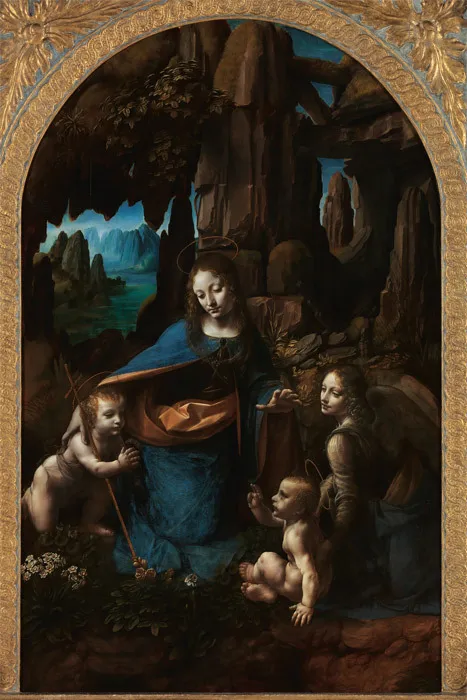
Baroque and the Rise of Dramatic Landscapes (17th Century) –
–
Dramatic Landscape Painting –
The Baroque period (17th century) was used to evoke deep emotions and convey a sense of awe in art, artists such as Jacob van Ruisdael used it within his work to show a vast, expansive sky that dominates the scene. The use of atmospheric effects such as light and weather brings the landscape to life, giving it a grandeur that transcends mere setting. Especially in his work “View of Haarlem with Bleaching Grounds” (1670).
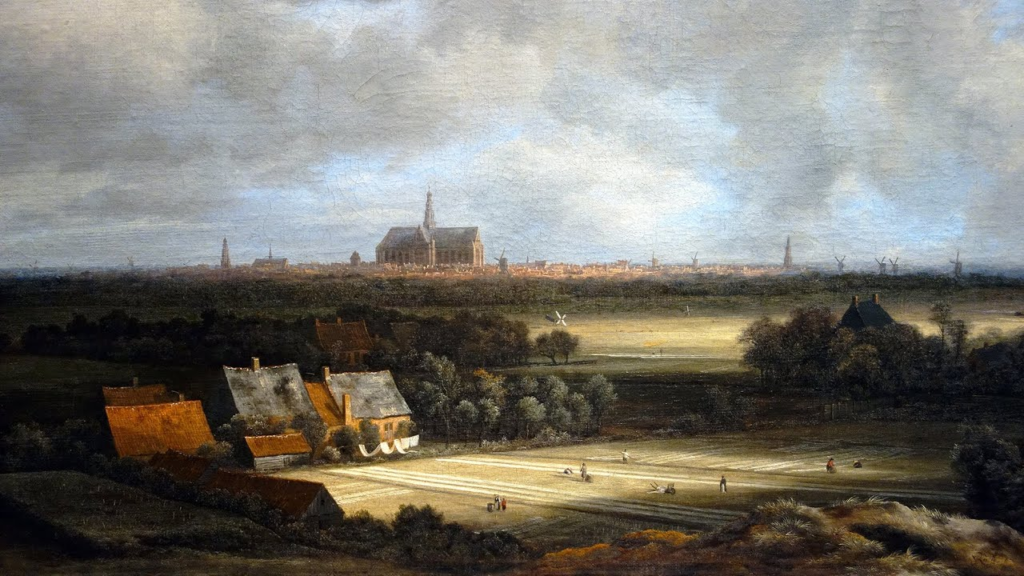
—
The Sublime –
Philosophers like Edmund Burke introduced the idea of the sublime, which the quality of greatness, whether physical, moral, intellectual, metaphysical, aesthetic, spiritual, or artistic. The term especially refers to a greatness beyond all possibility of calculation, measurement, or imitation. Claude Lorrain’s “Seaport with the Embarkation of the Queen of Sheba” (1648) reflects this sublime quality, with vast skies and dramatic lighting that evoke feelings of awe and reverence.
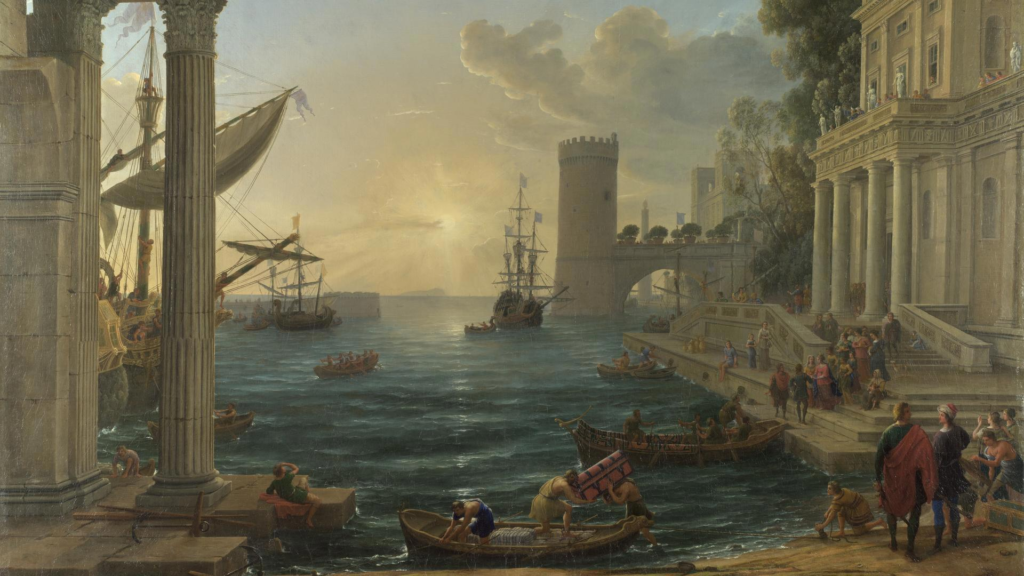
—
Symbolism in Baroque Landscapes –
Many Baroque landscapes were not realistic depictions but messages often holding religious meaning. In Nicolas Poussin’s “Landscape with Saint John on Patmos” (1640), the landscape becomes more than just scenery—it conveys a deeper meaning, portraying nature as a place of divine reflection or contemplation.
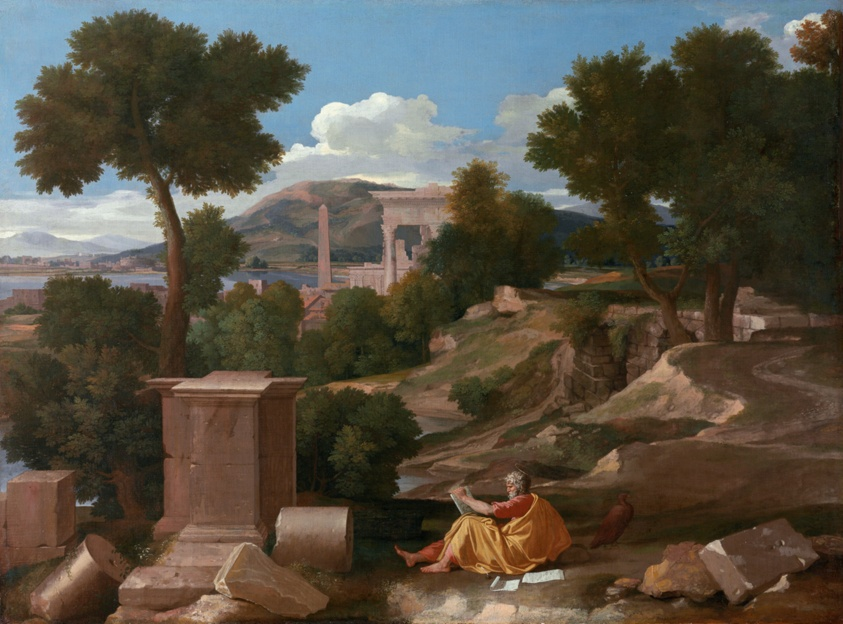
—
Romanticism (Late 18th – Early 19th Century) –
—
The Embrace of the Sublime –
Romanticism, emerging in the late 18th and early 19th centuries, fully embraced the sublime and took it to new emotional and spiritual heights. One artist who embraced sublime in this era was Joseph Mallord William Turner who created the painting (1775-1851) A Ship against the Mewstone.
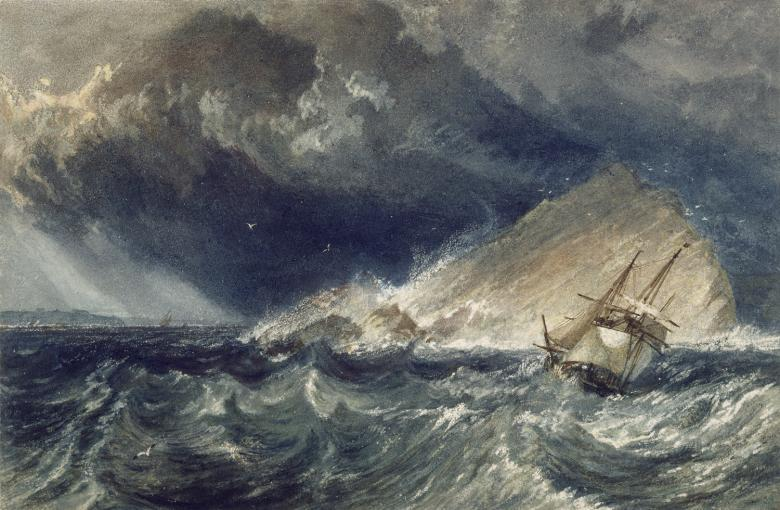
—
Birth of landscape photography –
When photography was invented in 1839 landscapes were among the first subjects, an example of these early artists is Carleton Watkins who captured the vast American west, his work helped inspire the creation of national parks. An example of one of his images is A 19th-century view of El Capitan in Yosemite Valley, east-central California, U.S.; photograph by Carleton E. Watkins, c. 1866.
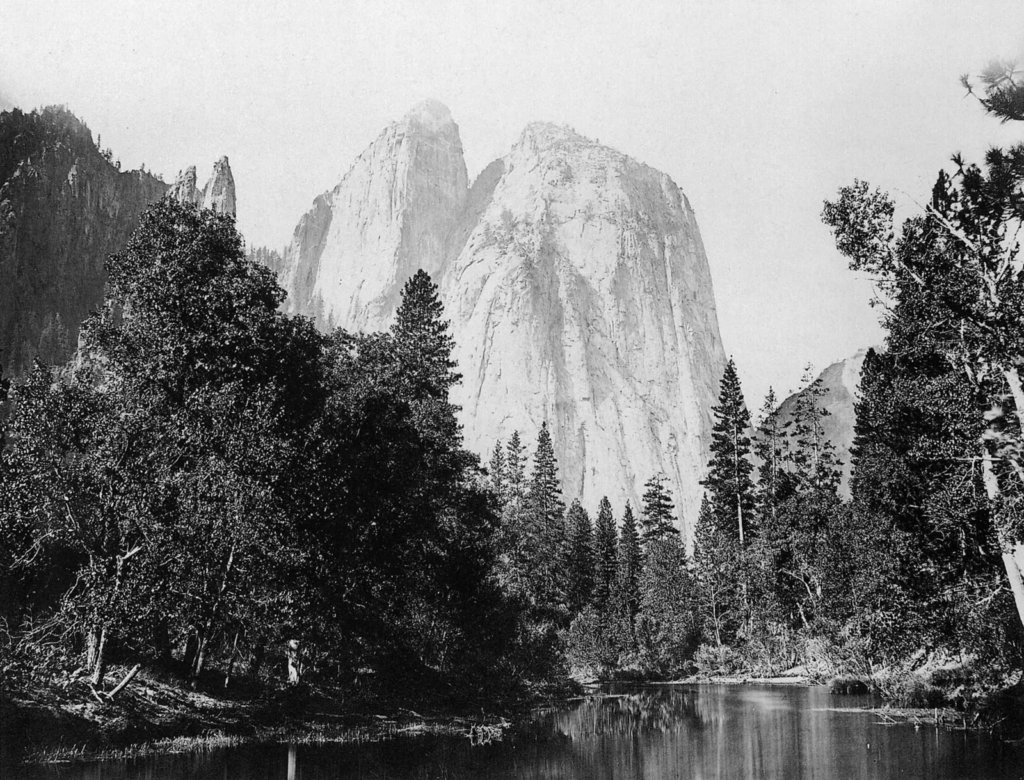
—
20th century –
Early 20th century, modernism –
– Ansel Adams used sharp detailed realism in his work, almost sublime, with work such as The Tetons and Snake River, Grand Teton National Park, Wyoming, 1942 Photograph.
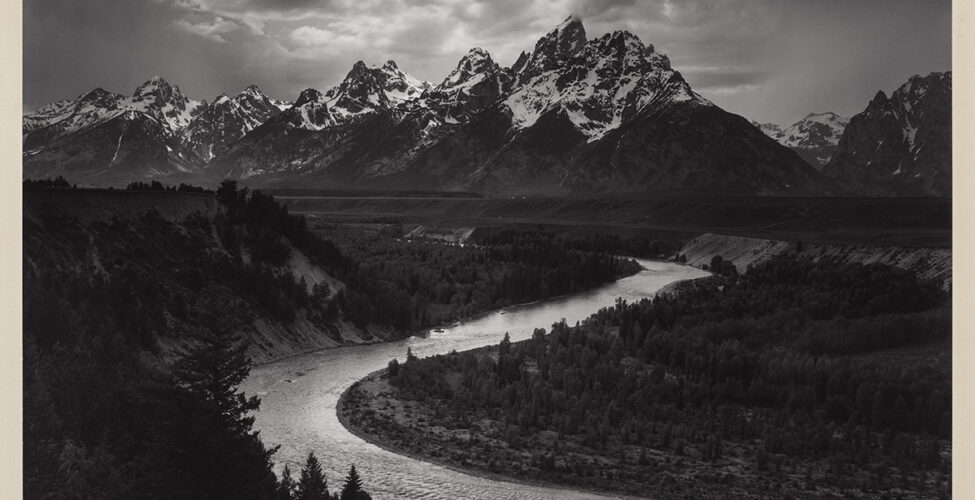
– Others experimented with abstraction and surrealism.
—
Modern day –
– Traditional sublime landscapes
– Climate change and environmental crisis
– Conceptual landscape
– Digital manipulation
– Social media impact
